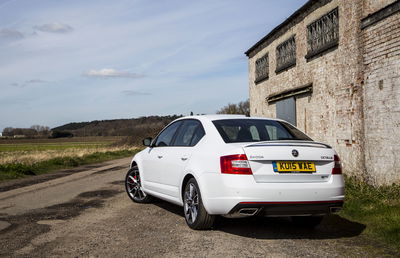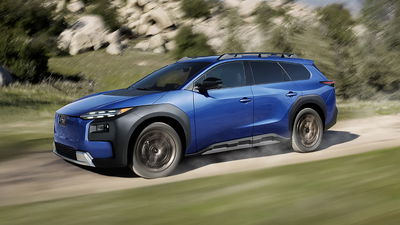Engineering Explained: Why Engine Placement Is Important

Front-Engined Cars

For the purposes of this article, I will lump mid-front and front-engined cars together. The engine could be located in front of, or behind, the front axle, but still in front of the driver.
1. Packaging
Having the engine up front allows for more cabin space, which makes life more comfortable for passengers. From a safety perspective, having the engine in the rear moves the passenger compartment forward, reducing the crumple zone. In mid/rear-engined cars, the crumple zone space at the front typically becomes an area for cargo, however having the engine out front typically allows for the most passenger/cargo space compared to the alternatives.
2. Serviceability
The area in front of the cabin is typically larger than at the rear, and if designed correctly, can yield plenty of space to work on the engine. Of course, many of today’s engine bays are quite cramped with all that modern technology, which further pressures the DIYer to just take it in to the shop and save themselves a headache.
3. FWD Traction and Efficiency
Most vehicles are front-wheel drive. Placing the engine at the front of a front-wheel drive vehicle keeps weight over the driven wheels, improving traction. It’s also a very efficient way of putting the power down as the distance from the engine to the driven wheels is short, minimising losses through rotational components.
4. Steering Dynamics
Perhaps an unintended consequence (or benefit, depending on how you feel about it) is that front-engined cars will tend to understeer. When it comes down to it, any car can be made to understeer or oversteer through suspension and tyre tuning, but ultimately manufacturers prefer to ship the public cars that understeer as it’s considered safer and more controllable than oversteering.
The following video looks at the advantages and disadvantages of using a front-mounted engine with FWD, RWD, or AWD:
Mid-Engined Cars

1. Weight Distribution
The biggest advantages of placing an engine in front of the rear axle and behind the driver are purely performance based. Having an engine in the middle of the chassis allows engineers to distribute the weight much more easily, rather than attempt to optimise around an unbalanced start point. Four evenly loaded tyres will perform better than two tyres with a heavier load and two without, so a relatively even weight distribution is ideal.
2. Moment of Inertia
Hold a hammer with a single hand at the base of the handle, and rotate it back and forth. You’ll notice it’s quite challenging to stop it from moving, and then change the direction of that movement. Now hold the hammer just below the head, and rotate it back and forth again. You’ll notice it rotates very easily, and doesn’t resist the directional change as much.
The same logic applies to cars. If you put all of the weight at one end, it doesn’t want to rotate as easily. A car with the majority of its mass centered about the axis that it vertically rotates around will be more nimble and agile, as there is less resistance to rotation. In testing done by Car and Driver, they noted the mid-engined Porsche Cayman had a 20 per cent smaller moment of inertia versus the rear-engined Porsche 911 GT3.
3. Braking Performance
Compared to a front-engined car, a mid-engined vehicle will typically have a much more even weight distribution under deceleration. With more even loading, the rear tires can perform a significantly higher portion of the braking. Ultimately this allows for better stopping distances as the tyres are evenly loaded, and it also helps dissipate the heat from deceleration better across four discs, reducing brake fade.
So if a mid-engined layout allows for an ideal weight distribution, what exactly is an ideal weight distribution? Is 50/50 always best? The video below explains the logic behind this:
Rear-Engined Cars

1. Acceleration Performance
Performance cars are quite often rear-wheel drive. Having the engine on top of the driven wheels at the rear provides a great deal of accelerative traction. Not only will traction be good from a standstill due to the weight distribution, but as the car accelerates, even more load will transfer to the rear tyres contributing to a higher grip threshold. This allows harder acceleration without breaking the tyres loose.
2. Braking Performance
From a deceleration standpoint, a rear-mounted engine will typically offer the best performance, especially in production cars with a centre of gravity much higher than in motorsport. Under deceleration, load transfers to the front tires, so with rear-engined cars tending to have rear-biased weight distribution, that load becomes very even between the front and rear axles, allowing for optimal braking.
Click here to view additional articles from Engineering Explained.














Comments
No comments found.